Description
CONTENTS
NYMPHS OF THE VALLEY
SPIRITS REBELLIOUS
THE BROKEN WINGS
TEARS AND LAUGHTER
THE MADMAN
THE FORERUNNER
THE PROPHET
SAND AND FOAM
JESUS THE SON OF MAN
THE WANDERER
SHORTER WRITINGS
ABOUT THE BOOK
This omnibus brings you some of the best-loved writings of Kahlil Gibran,
the twentieth-century mystic and artist of Lebanese origin.
The selection features four of his English translations from their Arabic originals: Nymphs of the Valley (1906), Spirits Rebellious (1908), The Broken Wings (1912) and Tears and Laughter ( 1918).
Besides The Prophet (1923), the most celebrated of all his writings,
the book features the other four works that Gibran wrote in English: The Madman (1918), The Forerunner (1920), Sand and Foam
(1926) and Jesus, the Son of Man (1928).
Also included here is The Wanderer (1932), the last and posthumously published work “of a man but with a cloak and a staff
with a veil of pain upon his face.”
This volume also contains some selections of Gibran’s shorter writings and essays, which are as timeless in their essence —
and persuasive in their immediacy
as are his spiritual musings.
ABOUT THE AUTHOR
Born in Lebanon in 1883, Kahlil Gibran spent most of his life in America.
Besides attaining success as an artist in the symbolist tradition, it was
here that Gibran found his calling “to write for the soul,” an enthusiastic patron
in Mary Haskell and, soon after, recognition as a modern-day mystic.
The lucidity of his worldview endeared him to his readers the world over, in America particularly
where he influenced the popular culture in the sixties.
While his representative work, The Prophet contains the quintessence of Gibran’s philosophy of life,
his repudiation of feudal oppression, male chauvinism and religious hypocrisy rings through all his works
—whether one reads his short-story anthologies (Nymphs of the Valley and Spirits Rebellious),
prose poems (Tears and Laughter), parables (The Madman, The Forerunner and The Wanderer),
aphorisms (Sand and Foam) or the only novelette he ever wrote, The Broken Wings.
The theme of exile finds recurrent expression in his work.Nostalgia about the Lebanese mountains echoes loud and clear
throughout; a deep sense of being
uprooted from his native land stirred Gibran in his later life to write for journals published
by the Lebanese and Arab communities in America.
In the years following his death in 1931,at the age of
forty-eight, Gibran came to be regarded as the Prophet himself.
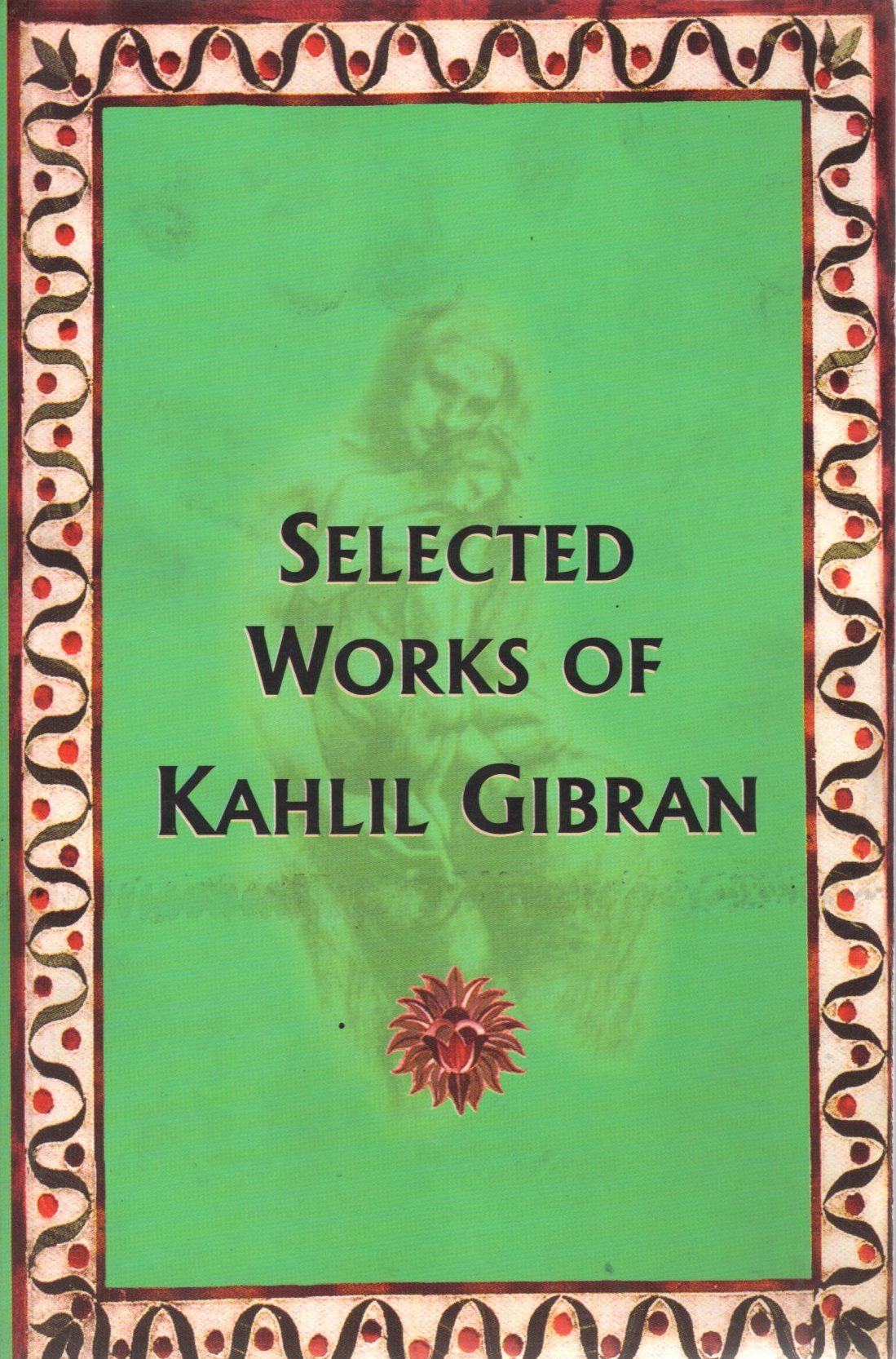
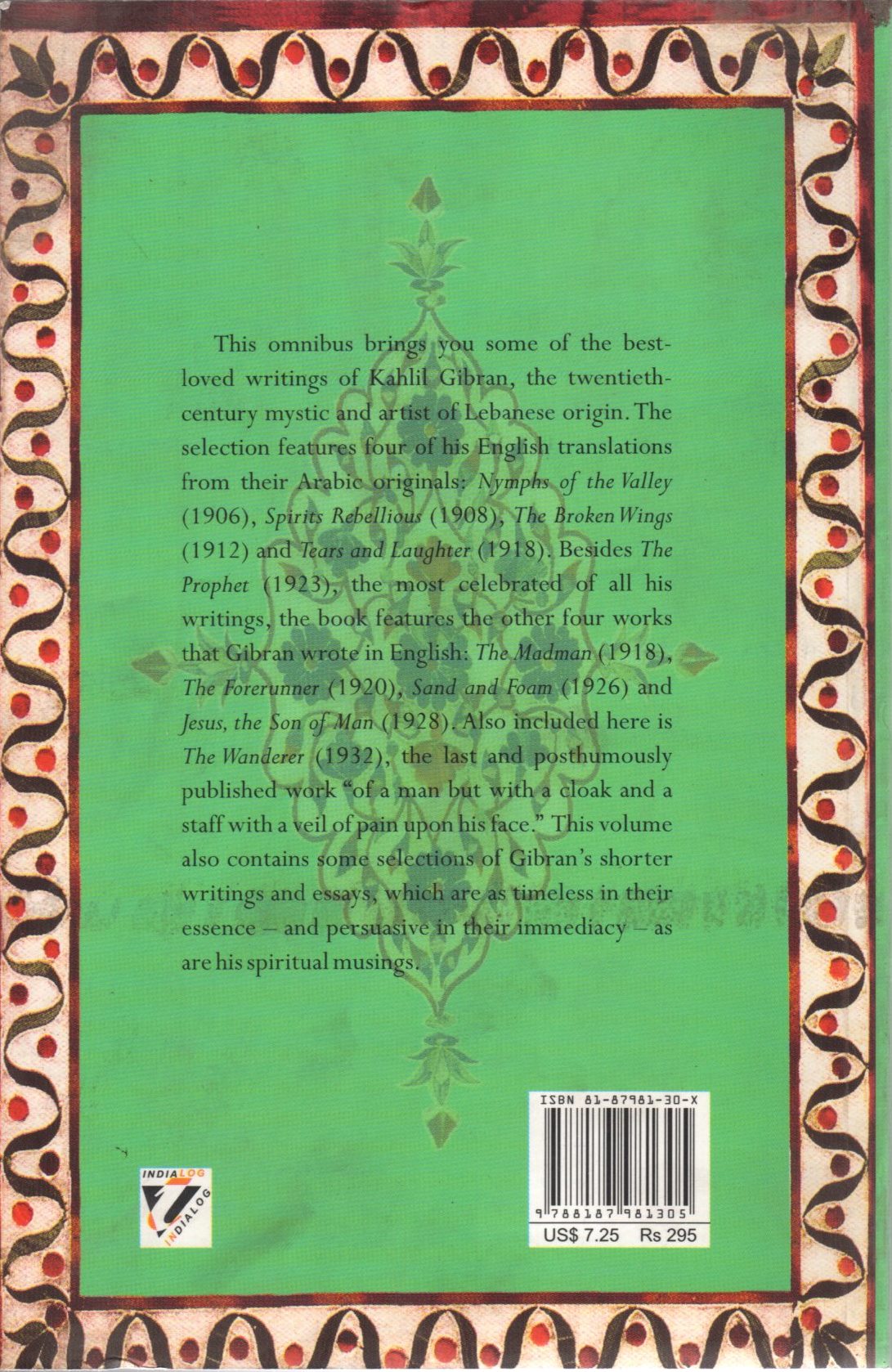
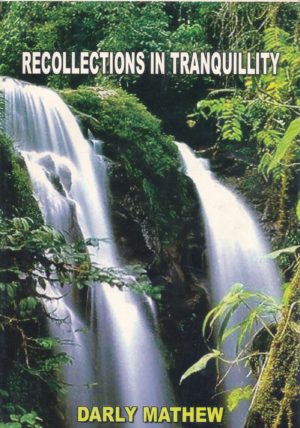
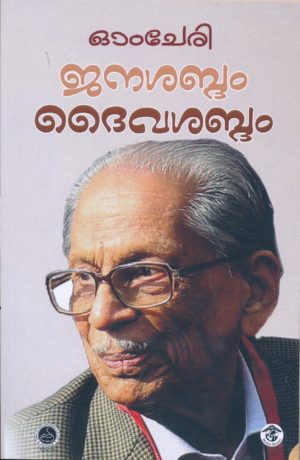
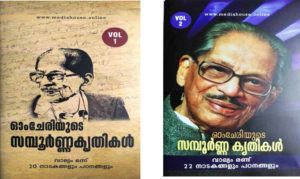
Reviews
There are no reviews yet.